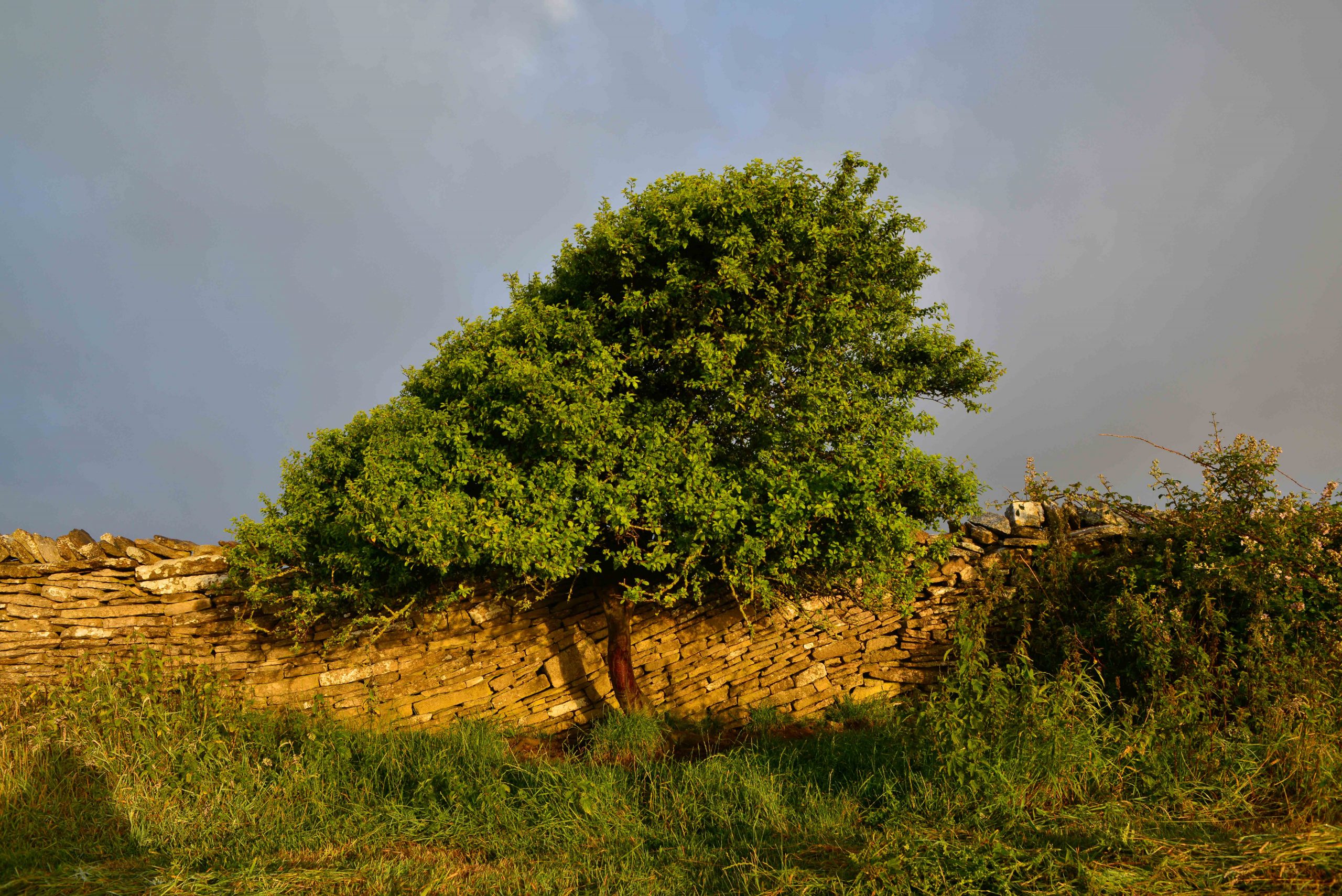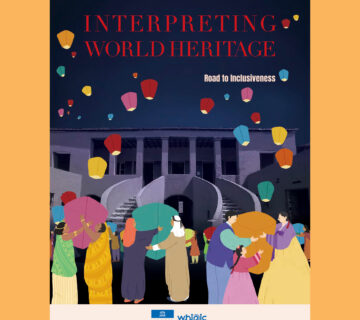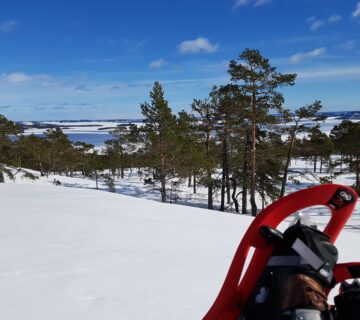Some thoughts on nature and culture in the field of interpretation.
Traditionally, we separate nature and culture. They are seen as the ‘natural world’ and the ‘human culture world’, and we often think that somehow they should be regarded as two separate fields of study and two separate topics for interpretation. This tradition is strong – our language, education and professional cultures maintain and enhance this divide and we tend to regard ourselves as either ‘natural heritage people’ or ‘cultural heritage people’. We are biologists, or we are historians.
In 2017, Jon Kohl wrote an article for this newsletter (Jon Kohl (2017) ‘Nature and cultural heritage are one and the same’) encouraging us to think that nature and culture are not divided. They are one whole – we are part of nature and nature is part of us. He stressed that there was only one process of evolution, and evidence of this process is all around us and folds us into it. We find nature in all culture and in all nature, there is culture. There is not a square centimetre on Earth’s surface that has escaped alteration by human action.
During Interpret Europe’s web conference 2020, one of the round table discussions addressed nature interpretation. And almost immediately the discussion questioned the idea of handling nature interpretation as a separate activity and not a fundamental part of what Interpret Europe is all about. Part of the problem is that cultural heritage is the default idea of what heritage is, and we, therefore, feel we need to talk about nature as a separate theme.
The group found that roughly two of the presentations came from a natural heritage context and fourteen were examples from the cultural heritage field. Also, the connections to EU programmes at a strategic European level were all focused on cultural heritage and education. Is this a trend for our work, conferences and members? If it is, there is a risk that people working in the context of natural heritage think of IE as an irrelevant organisation for them, when actually one of the fundamentals of IE is that it is a bridging organisation where people working both in the natural and cultural fields can meet and develop heritage interpretation together.
Interpret Europe should be the one organisation that really connects these two artificially separated worlds, by connecting the people working to interpret them. IE’s mission is to ‘serve all who use first-hand experiences to give natural and cultural heritage a deeper meaning’. But if we are to serve all we should be considering heritage as one whole, with IE acting as the bridging organisation that sees no separation in the interpretive approach.
There are many global initiatives that support this comprehensive approach. The signatories of the 2030 Agenda for Sustainable Development (2015) were committed to achieving sustainable development in its three dimensions – economic, social and environmental – in a balanced and integrated manner. The European Landscape Convention, the Faro Convention and the Convention on Biological Diversity walk hand in hand in recognising that culture is dependent on nature and on the proper functioning of ecosystems and biodiversity. They also recognise that communication is the key to achieving their goals, involving heritage communities and local and traditional knowledge.
Sometimes interpreters have a focus on culture and sometimes on nature. That is fine. But for an interpretive approach to communication there is no divide. Interpret Europe cooperation is an opportunity for our community of interpreters to “meet” over professional boundaries in our common interest for interpretation, to share experiences and to engage. The professional encounters in IE are also a great chance for all interpreters to build and develop knowledge, both in the art of interpretation and in the holistic view of nature and culture, and the concept of heritage.
A group of participants from the web conference in May would like to encourage more discussion. We would like to know what you, as IE members, feel about ‘natural’ and ‘cultural’ interpretation. Do you agree, or not, that by separating these into two distinct disciplines merely maintains an unnatural division between human and natural evolution? Should we be aiming more to consider ‘natural’ and ‘cultural’ as one integrated ‘heritage’? How can we work actively to use interpretation as a bridge and to maintain the relevance of membership for professionals from both fields – in our common field of interpretation? Anyone interested in contributing is welcome to contact Eva or Peter with comments and suggestions.
Eva Sandberg is the Director of the Swedish Centre for Nature Interpretation in the Department of Urban and Rural Development, Swedish University of Agricultural Sciences. She can be contacted at: eva.k.sandberg@slu.se.
Peter Seccombe is co-director of Red Kite Environment, a consultancy specialising in interpretation and learning experiences for heritage organisations throughout Europe. He can be contacted at: peter.seccombe@redkite-environment.co.uk.
To cite this article: Sandberg, Eva and Seccombe, Peter (2020) ‘Heritage is both nature and culture – How Interpret Europe could strengthen the connection’. In Interpret Europe Newsletter 4-2020, 4-5.
Available online: https://www.interpret-europe.net/fileadmin/Documents/publications/Newsletters/IE_newsletter_2020_4_winter.pdf




